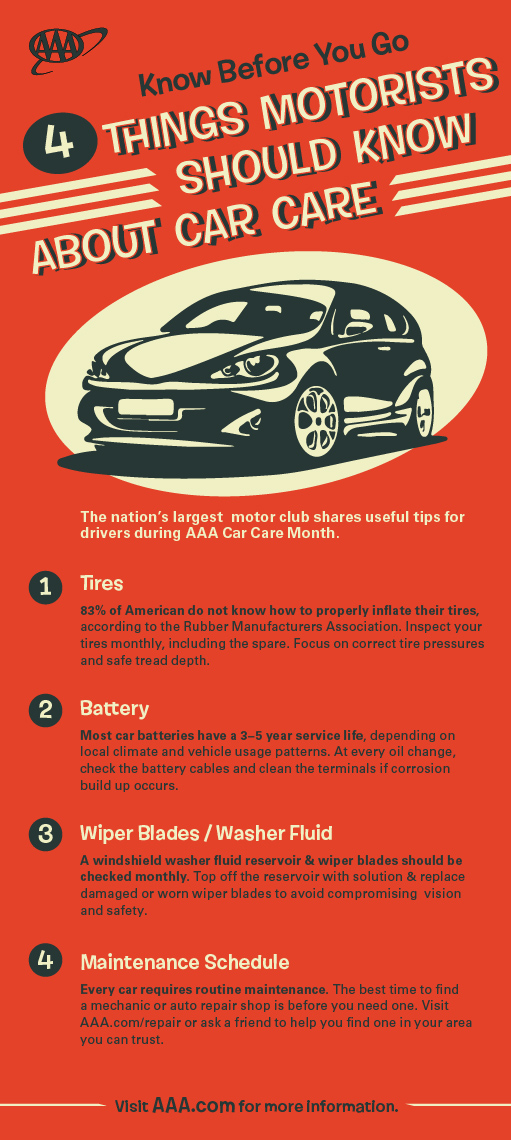Looking For Quality On The Caution Lights Displayed On Your Auto'S Control Panel? Find Out Exactly How They Connect To Your Vehicle'S Health And Wellness
Looking For Quality On The Caution Lights Displayed On Your Auto'S Control Panel? Find Out Exactly How They Connect To Your Vehicle'S Health And Wellness
Blog Article
Published By-Samuelsen Torres
When you lag the wheel, those radiant caution lights on your control panel can be a bit perplexing. Do you know what they're trying to tell you about your vehicle's health and wellness? Comprehending the importance of these lights is vital for your security and the longevity of your car. So, the next time one of those lights pops up, would not you want to decode its message precisely and take the essential actions to resolve it?
Common Warning Lights and Interpretations
Identify usual warning lights in your vehicle and understand their significances to ensure safe driving.
One of the most normal warning lights consist of the check engine light, which signifies concerns with the engine or exhausts system. If car ditailing begins, it's vital to have your vehicle inspected without delay.
The oil stress warning light suggests reduced oil pressure, calling for instant focus to stop engine damages.
visit the up coming internet page blinking battery light may suggest a damaged billing system, potentially leaving you stranded otherwise dealt with.
The tire stress monitoring system (TPMS) light alerts you to low tire stress, impacting vehicle security and gas efficiency. Ignoring this might bring about hazardous driving conditions.
The ABS light indicates a trouble with the anti-lock braking system, compromising your ability to quit swiftly in emergency situations.
Finally, the coolant temperature cautioning light warns of engine getting too hot, which can result in serious damages if not dealt with promptly.
Understanding these usual caution lights will assist you attend to issues promptly and maintain risk-free driving conditions.
Relevance of Prompt Interest
Recognizing the usual warning lights in your auto is only the initial step; the significance of quickly attending to these cautions can't be highlighted enough to guarantee your safety when traveling.
When a warning light brightens on your control panel, it's your cars and truck's way of interacting a prospective issue that needs focus. Overlooking these cautions can lead to a lot more extreme issues in the future, endangering your security and possibly costing you a lot more in repairs.
Prompt focus to cautioning lights can prevent breakdowns and crashes. For instance, a blinking check engine light can show a misfire that, if left unattended, can create damages to the catalytic converter. Resolving detailer can save you from a costly repair service.
In a similar way, a brake system cautioning light might signal low brake fluid or worn brake pads, important parts for your security when driving.
Do It Yourself Troubleshooting Tips
If you observe a warning light on your control panel, there are a couple of DIY troubleshooting pointers you can try before seeking specialist help.
The primary step is to consult your car's handbook to understand what the specific caution light shows. Often the issue can be as simple as a loosened gas cap causing the check engine light. Tightening the gas cap may settle the issue.
Another common concern is a low battery, which can activate various advising lights. Checking the battery links for rust and ensuring they're safe could fix the problem.
If a warning light lingers, you can attempt resetting it by detaching the auto's battery for a few mins and then reconnecting it. Additionally, examining your automobile's liquid degrees, such as oil, coolant, and brake liquid, can assist troubleshoot cautioning lights related to these systems.
Verdict
Finally, comprehending your vehicle's warning lights is vital for keeping your lorry running efficiently and safely. By promptly resolving these notifies and understanding what they indicate, you can avoid expensive repair work and possible breakdowns.
Bear in mind to consult your cars and truck's handbook for specific details on each cautioning light and do something about it accordingly to ensure a hassle-free driving experience.
Stay informed, stay safe when traveling!
